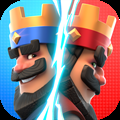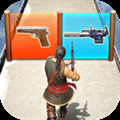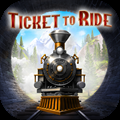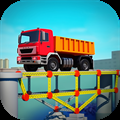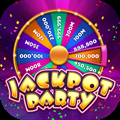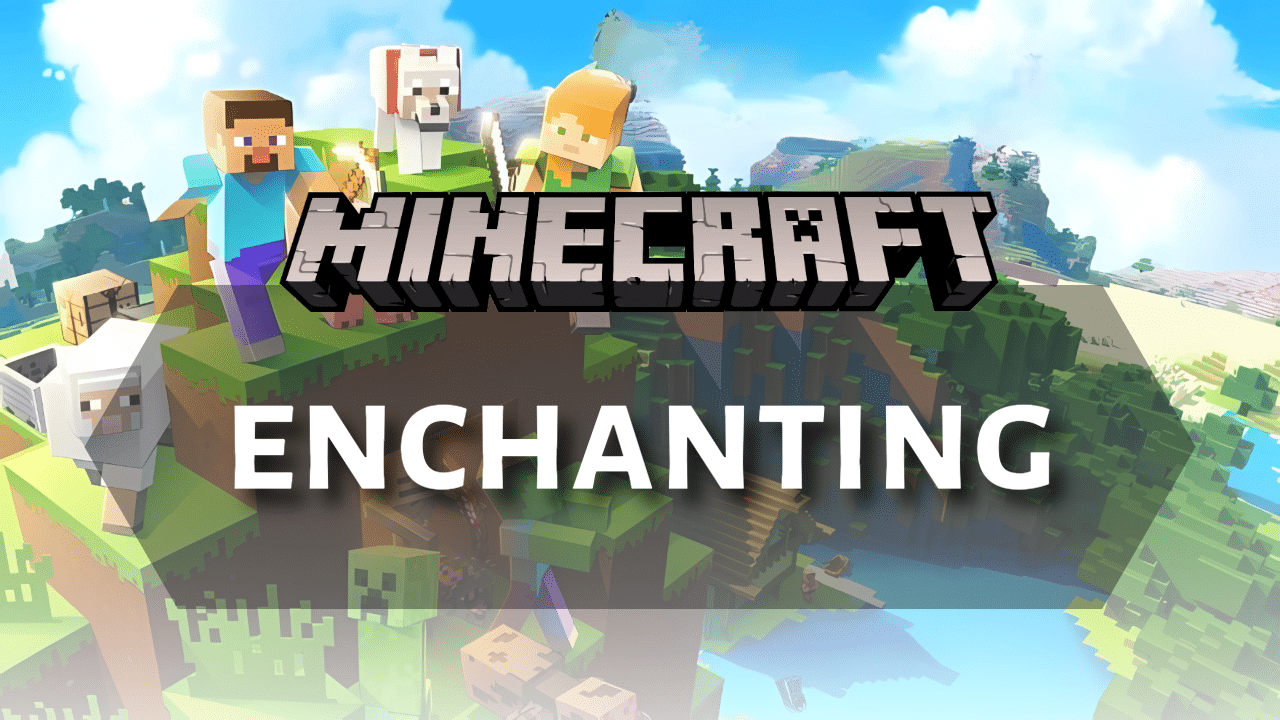
Introduction to Enchanting
Enchanting is a fundamental mechanic in Minecraft that allows you to significantly enhance your armor, tools, and weapons with magical properties. By applying enchantments, you can improve the durability of your items, increase their effectiveness, or grant them entirely new abilities. This Minecraft Bedrock Enchanting Guide will provide a comprehensive overview of enchanting in Minecraft Bedrock Edition, covering everything from setting up your enchanting station to understanding the best enchantments for various items.
Setting Up Your Enchanting Station
To begin enchanting, you will first need an enchanting table. This table is crafted using four obsidian, two diamonds, and one book. Obsidian requires a diamond pickaxe to mine. Once you have an enchanting table, placing it is the first step.
To unlock the full potential of the enchanting table and access higher-level enchantments, it must be surrounded by bookshelves. You need 15 bookshelves placed one block away from the enchanting table on the same level or one block above, with no blocks in between.
Each bookshelf contributes to the enchantment level offered by the table. With 15 bookshelves, you can access the highest enchantment level, which is level 30. Bookshelves are crafted using three books and six planks.
Using the Enchanting Table
To enchant an item using the enchanting table, interact with it to open the enchanting interface. Place the item you wish to enchant in the top slot and lapis lazuli in the bottom slot. Lapis lazuli is required to perform enchantments, with each enchantment option costing a specific number of lapis (usually 1-3).
Once you have placed the item and lapis lazuli, three pseudo-randomized enchantment options will appear on the right. These options are displayed with symbols from the Standard Galactic Alphabet, which are random and do not determine the actual enchantments you will receive. Hovering over an option will reveal one of the enchantments that will be applied, along with the experience level cost. The level requirement indicates the minimum player level needed to choose that enchantment. The number on the left of the Roman numerals indicates the number of levels that will be consumed upon choosing that option.
Choosing an enchantment will imbue the item with a randomized set of enchantments dependent on the experience level chosen. Often, you will receive more than the single enchantment shown. The enchantments offered by the table change each time you enchant an item (even a cheap one for just 1 level and 1 lapis), a process known as a “dummy enchantment” used to refresh the available options.
Using an Anvil for Enchanting
Anvils in Minecraft are vital for customizing, repairing, and upgrading gear. Crafted from three iron blocks and four iron ingots, they’re resource-intensive but offer unmatched precision compared to the enchanting table. Anvils let players apply enchantments from books, combine enchanted items to boost enchantment levels, and repair gear using materials or similar items—all while preserving enchantments.
Unlike grindstones, anvils maintain enchantments during repairs, making them ideal for preserving valuable gear. However, each use risks anvil damage, eventually leading to its breakage. Anvils also have an experience cap—if costs exceed a certain level, operations are blocked with a “Too Expensive!” warning.
Mastering anvil mechanics allows players to build powerful, long-lasting gear and optimize late-game progression efficiently.
Obtaining Enchanted Books
Enchanted books are a crucial resource in Minecraft for applying specific enchantments to tools, weapons, and armor using an anvil. Unlike the enchanting table, which applies enchantments randomly, enchanted books allow players to selectively enhance their items with desired enchantments, making them especially useful for optimizing gear. These books can hold a single enchantment or multiple enchantments at varying levels, and they preserve enchantments even when stored, making them a valuable asset for long-term gameplay. Players can obtain enchanted books through several different methods, each with its own advantages and limitations.
Enchanting Table
Players can create enchanted books by placing a regular book in an enchanting table along with lapis lazuli and experience levels. The resulting enchantments are random but influenced by the number of bookshelves surrounding the table. While this method allows players to accumulate a wide variety of enchantments, it requires a steady supply of books and lapis, along with a reliable experience source. It’s a useful method for those with good XP farms looking to build an enchantment library.
Villager Trading
Librarian villagers, identified by their lecterns and white robes, offer enchanted books in exchange for emeralds. Each librarian’s trades are fixed once locked in, but players can cycle through potential offerings by breaking and replacing the lectern before trading. This is one of the most efficient and reliable ways to obtain specific or rare enchantments such as Mending. Once the desired trade is secured, this method becomes a sustainable way to acquire powerful books.
Fishing
Enchanted books can occasionally be caught as “treasure” while fishing. The odds of catching them improve significantly with the Luck of the Sea enchantment on the fishing rod. Though slow compared to other methods, fishing is a passive and renewable activity, making it ideal for players who enjoy a more laid-back playstyle or want to multitask while collecting valuable items.
Treasure Chests
Exploring naturally generated structures such as dungeons, mineshafts, strongholds, desert temples, bastions, and woodland mansions can yield enchanted books inside chests. These enchantments are often high-level or rare, including ones that may not be easily obtained otherwise. This method rewards exploration and risk-taking but depends on luck due to randomized loot.
Piglin Bartering
In the Nether, players can give gold ingots to piglins, who may offer enchanted books among other items in return. The chance of receiving an enchanted book is small, and the specific enchantments are random. Though not as consistent as villager trading, this method can occasionally produce unique results. However, it can be resource-intensive due to the large amount of gold required for frequent bartering.
Mob Drops
Certain hostile mobs can spawn with enchanted weapons or armor and may drop them upon death. Common examples include zombies, skeletons, strays, husks, drowned, and piglins. These mobs occasionally carry enchanted gear, especially in harder difficulties. Although the dropped items are not enchanted books, players can use a grindstone to remove enchantments and potentially transfer them to books via an anvil. The method is unreliable due to low drop rates and randomness, but using a Looting-enchanted weapon can increase the chances.
Best Enchantments for Armor in Bedrock Edition
Armor PieceBest EnchantmentsHelmetProtection IV, Unbreaking III, Mending, Respiration III, Aqua Affinity, Thorns IIIChestplateProtection IV, Unbreaking III, Mending, Thorns III (or Fire, Projectile, or Blast Protection IV as alternatives)LeggingsProtection IV, Unbreaking III, Mending, Thorns III, Swift Sneak IIIBootsProtection IV, Unbreaking III, Mending, Feather Falling IV, Depth Strider III, Frost Walker II, Soul Speed IIIElytraUnbreaking III, MendingBest Enchantments for Weapons in Bedrock Edition
WeaponRecommended EnchantmentsSwordSharpness V, Smite V, Bane of Arthropods V, Unbreaking III, Mending, Looting III, Fire Aspect II, Knockback IIPickaxeEfficiency V, Fortune III, Silk Touch, Unbreaking III, MendingAxeEfficiency V, Sharpness V, Smite V, Bane of Arthropods V, Unbreaking III, Mending, Silk Touch, Fortune IIIBowPower V, Unbreaking III, Mending or Infinity, Flame, Punch IICrossbowQuick Charge III, Unbreaking III, Mending, Piercing IV, MultishotTridentImpaling V, Unbreaking III, Mending, Loyalty III, Channeling, Riptide IIIBest Enchantments for Tools in Bedrock Edition
ToolRecommended EnchantmentsShovelEfficiency V, Unbreaking III, Mending, Fortune III, Silk TouchHoeEfficiency V, Unbreaking III, Mending, Fortune IIIFishing RodLuck of the Sea III, Lure III, Unbreaking III, MendingShearsUnbreaking III, Mending, Efficiency V, Silk TouchFlint and SteelUnbreaking III, MendingShieldUnbreaking III, MendingBrushUnbreaking III, MendingDisenchanting Items
Disenchanting items is a useful mechanic for removing unwanted enchantments and reclaiming some experience points. To disenchant an item, you need a grindstone, which is crafted using one stone slab, two sticks, and two planks.
When an enchanted item is placed in the grindstone, all enchantments are removed, except for curses such as Curse of Binding and Curse of Vanishing, which remain permanently. In addition to disenchanting, grindstones can be used to repair items by combining two of the same type. However, this process also removes any enchantments on the items being combined, making it important to carefully consider whether to use a grindstone or an anvil for repairs.
Important Considerations
Some enchantments in Minecraft Bedrock Edition are mutually exclusive and cannot be applied to the same item. For example, armor can’t have more than one type of protection (Protection, Fire Protection, Blast Protection, Projectile Protection).
Conclusion
Mastering enchantments in Minecraft is essential for maximizing the effectiveness and durability of your gear. Each piece of armor benefits from core enchantments like Mending, Unbreaking III, and Protection IV, with additional specialized enchantments such as Respiration III and Aqua Affinity for helmets, Swift Sneak III for leggings, and Feather Falling IV for boots.
Weapons like swords, axes, bows, crossbows, and tridents gain increased damage, efficiency, and unique effects through enchantments like Sharpness V, Power V, Quick Charge III, and Impaling V. Tools such as pickaxes, shovels, hoes, and fishing rods also have enchantments tailored for efficiency, resource collection, and durability.
The enchanting process involves using an enchanting table, an anvil for combining enchantments, and a grindstone for removing them when necessary. Lapis lazuli and experience levels are required for enchanting, and certain enchantments are mutually exclusive, requiring careful selection based on individual playstyles. Mending and Unbreaking III are universally beneficial, ensuring that tools, weapons, and armor last longer with minimal resource expenditure. Strategic use of enchantments enhances combat effectiveness, resource gathering, and overall gameplay, making enchantment mastery a crucial aspect of progression in Minecraft.
If you’re looking for more guides, be sure to explore the website for more tips and tricks. Enjoy your adventure, and happy mining!
Frequently Asked Questions(FAQs)
🍄What’s the rarest enchantment?
Soul Speed (found in Bastions), and Swift Sneak (only from Ancient Cities).
🍄What’s the max enchantment level?
Level 30—place 15 bookshelves around the enchantment table for max power.
🍄What’s the difference between Bedrock and Java enchantments?
Mostly the same, but Bedrock combines enchantments differently and sometimes stacks XP differently.





